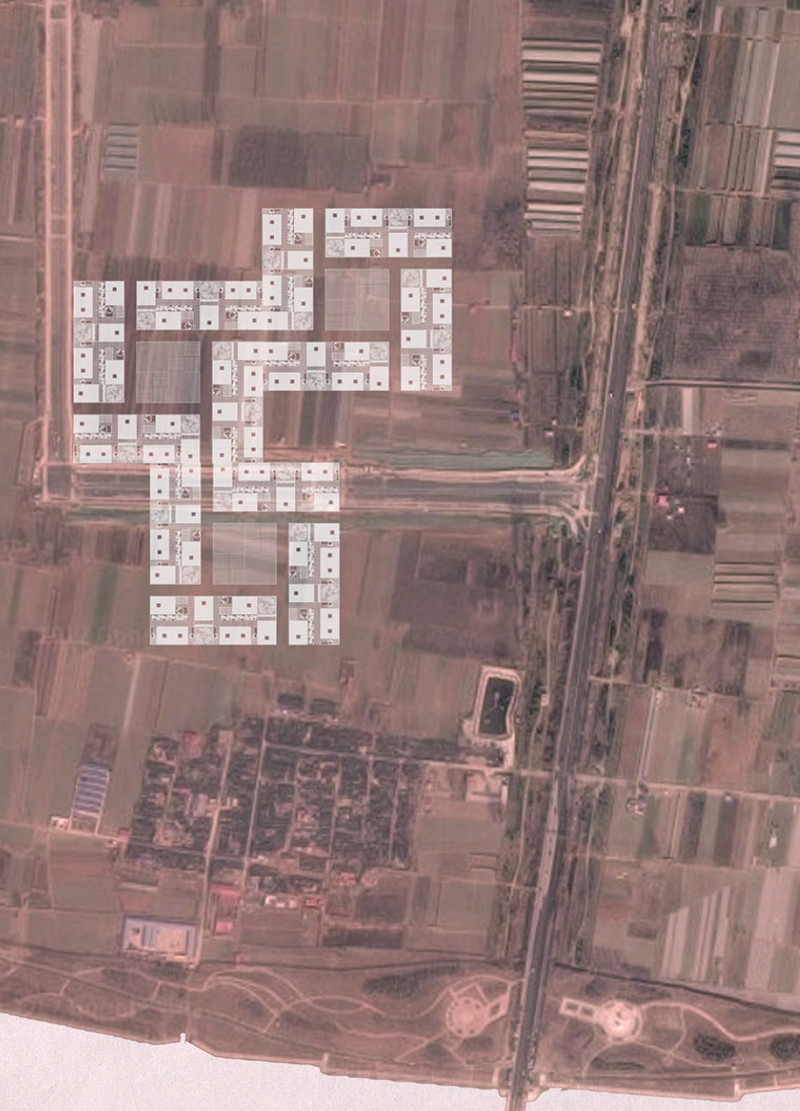5 key facts about this project
The Urban Countryside project provides solutions to the challenges caused by urban migration in rural China. It focuses on turning the countryside into a place that is both livable and sustainable. With many people leaving rural areas for cities, the design aims to enhance community life while promoting agricultural practices. Inspired by the traditional Siheyuan, or courtyard house, the project emphasizes communal living through a thoughtfully organized layout.
Civic and Collective Spaces
Central to the design are communal areas that encourage both economic activities and leisure. These spaces include garden plots where residents can grow their own food, fostering a sense of self-sufficiency. Main streets are incorporated into the plan to support social interactions and commerce, making the environment lively and engaging. By providing shared spaces, the design aims to create connections among residents, enhancing the overall sense of community.
Individual and Private Spaces
The project also dedicates areas for individual use, allowing residents to cultivate personal gardens or have quiet leisure time. These individual plots promote a sense of ownership and pride. The design includes three types of modules: two housing options and one communal unit. Each of these is adaptable, allowing residents to modify their living spaces based on personal preferences. This modular approach encourages diversity within the community while maintaining a cohesive overall structure.
Architectural Layout and Adaptability
A significant feature of the design is the use of a swastika layout. This pattern not only organizes the space effectively but also connects various elements seamlessly. Communal patios serve as hubs where people can gather, share, and interact, fostering a strong community spirit. The design proposes essential services within a fixed infrastructure, ensuring the basic needs of residents are met while allowing flexibility in their individual spaces.
The careful balance between communal and private areas creates an environment where different aspects of life are intertwined. The project aspires to marry agricultural practices with contemporary living, offering a practical and long-term alternative to urban settings.


























